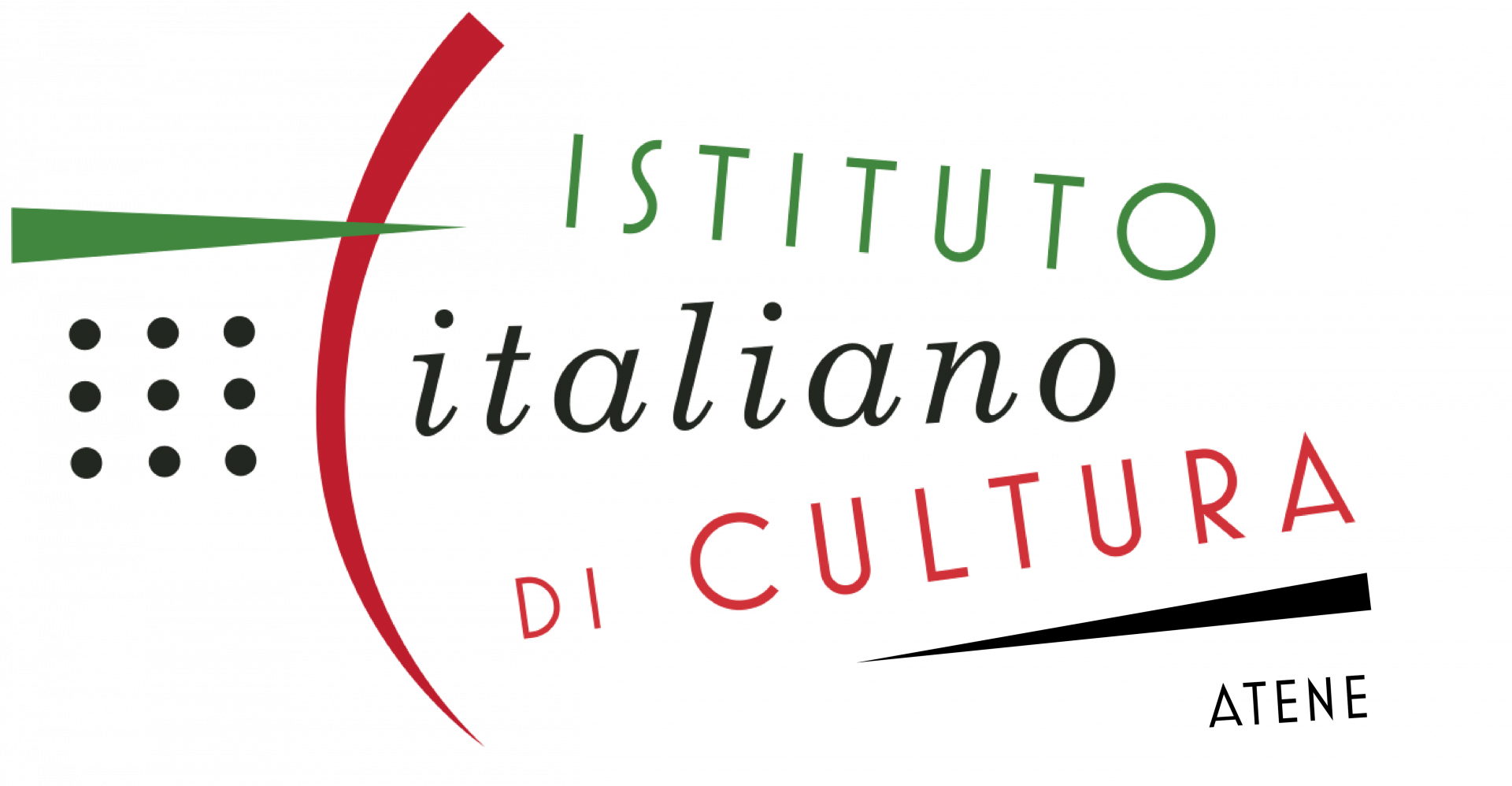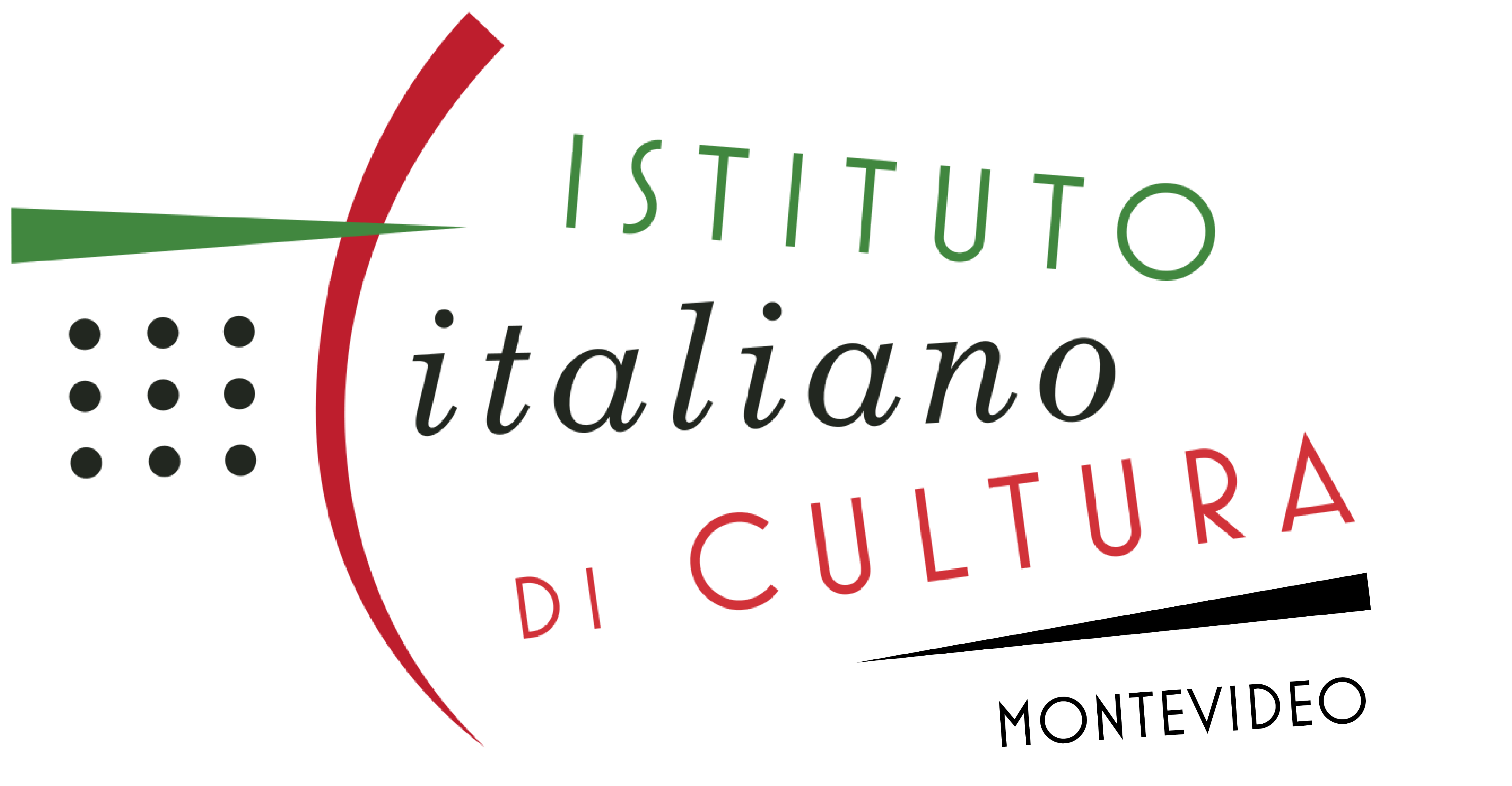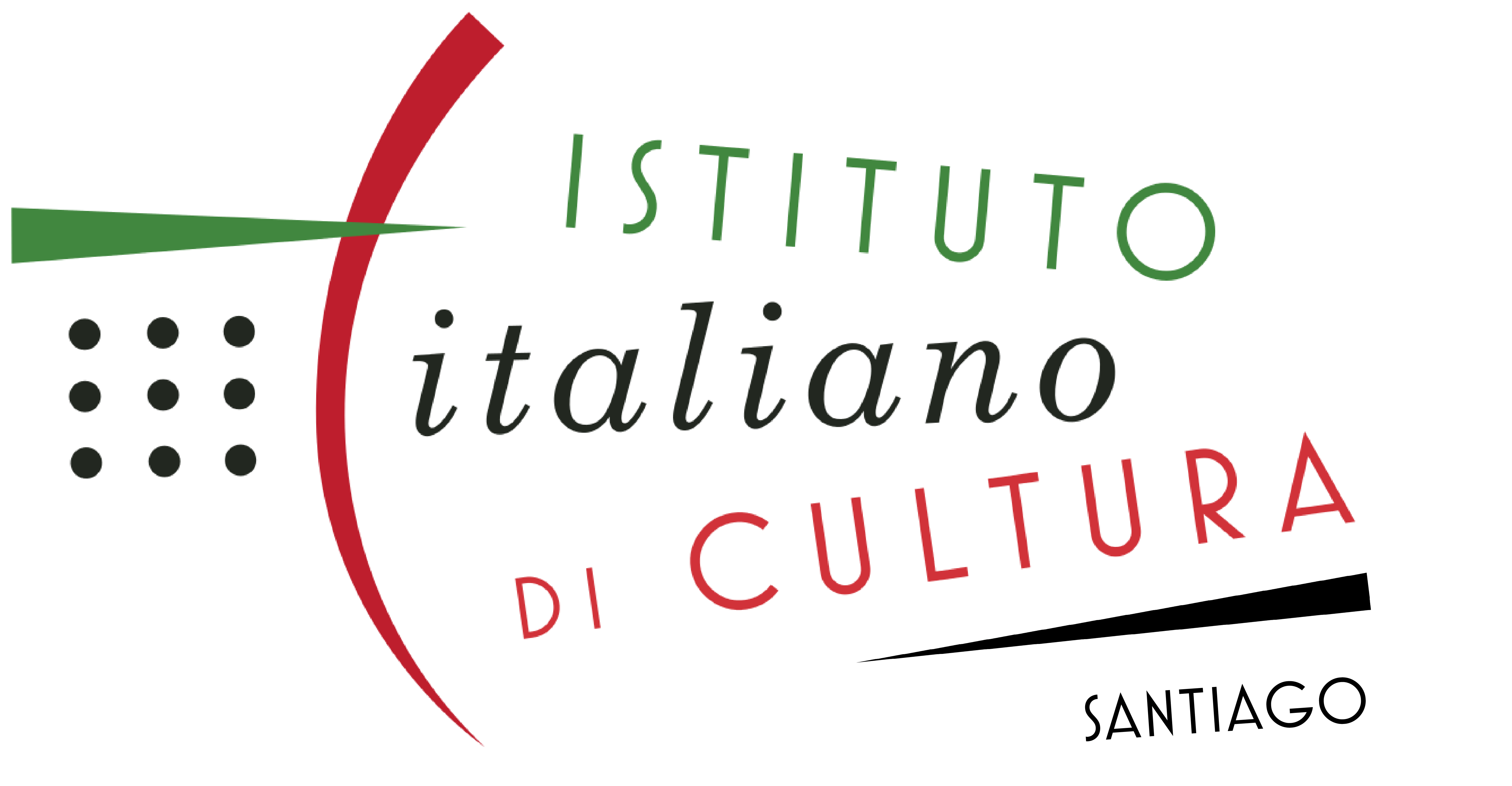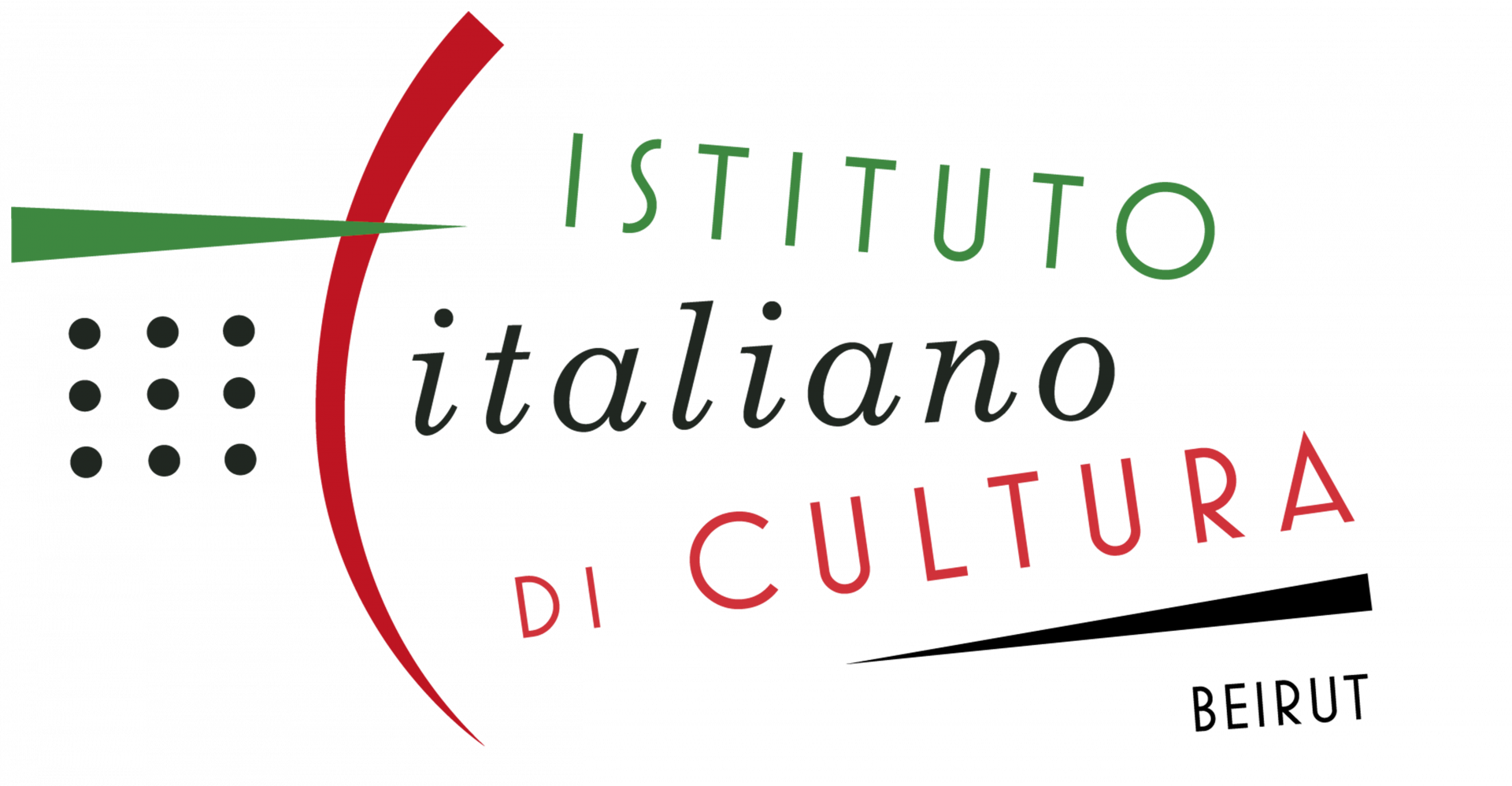Output
ONLINE
SKY IS DIFFERENT BY THE SEA
by Carlo Galiero, Carlo Geltrude, Emiliano Dionisi, Miryam Chilà, Yara Asmar
dramaturgy Carlo Galiero
direction Carlo Geltrude, Carlo Galiero
performers Emiliano Dionisi, Miryam Chilà
original music Yara Asmar
set design Rosita Vallefuoco
costumes Rachele Nuzzo
Spartacus and Sharkie VII, two goldfish, live together in a glass aquarium in their living room, but they don’t know it. Every time they meet, they discover each other again, because they lose their memory every five minutes. But not everything they know about themselves is lost: Spartacus knows he is a revolutionary, he knows he has to devise a way to join his comrades in the ocean, where the natural revolution of all living things against men is being prepared. Sharkie VII feels he must look for someone, feels he has lost a great love.
Sky is different by the sea tells us about attempts to leave the aquarium to participate in the revolution.
THE CARNIVAL OF MASKS
by Bruna Bonanno, Felipe Ipar, Tiago Filipe, Matthieu Pastore
The fairytale as a filter and tool for observing and transfiguring everyday life: extending the real beyond the visible. And so here is The Carnival. And the masks and the disguises and the metamorphoses and all the torments: a secular procession traversed and generated by those (all) who understand theatre as a great game of masks and words, of the world as a whole.
An empty theatre. Two storytellers. A feast of words.
The Carnival of Masks is a fairy tale celebrating the complexity of relationships between different identities: through play, two actors tell fantastic stories of men and women. Within a continuous progression of masks and costumes, the performers construct multiple, archetypal characters, with fairy-tale hues, who ironise, empathise, mock, admire, and elevate human attitudes, their modes of dialogue, and all the difficulties that the encounter with the other brings with it.
THE CARNIVAL OF MASKS
by Bruna Bonanno, Felipe Ipar, Tiago Filipe, Matthieu Pastore
The fairytale as a filter and tool for observing and transfiguring everyday life: extending the real beyond the visible. And so here is The Carnival. And the masks and the disguises and the metamorphoses and all the torments: a secular procession traversed and generated by those (all) who understand theatre as a great game of masks and words, of the world as a whole.
An empty theatre. Two storytellers. A feast of words.
The Carnival of Masks is a fairy tale celebrating the complexity of relationships between different identities: through play, two actors tell fantastic stories of men and women. Within a continuous progression of masks and costumes, the performers construct multiple, archetypal characters, with fairy-tale hues, who ironise, empathise, mock, admire, and elevate human attitudes, their modes of dialogue, and all the difficulties that the encounter with the other brings with it.
BETWEEN
by Patricio Ruiz, Lyto Triantafyllidou, Nadia Addis, Leonardo Tomasi
text Patricio Ruiz
voices Patricio Ruiz, Leonardo Tomasi
movements Nadia Addis
editing and music Leonardo Tomasi
images Lyto Triantafyllidou
Three almost human figures walk through an apocalyptic future carrying a coffin, escaping from the bloodthirsty vampires that surround them. Nothing is the same anymore; someone has thrown a match in the polluted water and all the seas caught fire, every ocean and river turned red and the air is thick, the night is long, and the sun is weak. A hunter woman with braids, a pregnant queer, a rapper in love. Marked bodies loving each other in the middle of tragedy. Humanity, or the traces that remain of it, between sterile prayers and mountains of all the things no longer necessary. The only god still standing is Memory and the only legend that there is a very thin strip of land between seas, where there are no bombs and no pain.
Between is a space among horrors and horrors; the silence after one shot and before the next one, a place that never comes.
96 HOURS
by Hashem Hashem, GianMarco Porru, Mariasilvia Greco, Rafael Ayres
Different people in search for a common approach. We tried, we made a sum of it all: virtual discussions and physical gatherings. An experimental video essay, a small token, was cast. Performance and multimedia as tools so we can, once more, question how to understand each other’s perspective in this “revolution”. A movement we’re still unaware off, one we try to shine a light under all this foggy capitalist system. All our generation can do is try, and try again, sometimes with hope, others without it. Nevertheless each day we sew new flags and place flower seeds on rubble, against all odds in an effort to keep dreaming what’s yet to become real.
96 HOURS
by Hashem Hashem, GianMarco Porru, Mariasilvia Greco, Rafael Ayres
Different people in search for a common approach. We tried, we made a sum of it all: virtual discussions and physical gatherings. An experimental video essay, a small token, was cast. Performance and multimedia as tools so we can, once more, question how to understand each other’s perspective in this “revolution”. A movement we’re still unaware off, one we try to shine a light under all this foggy capitalist system. All our generation can do is try, and try again, sometimes with hope, others without it. Nevertheless each day we sew new flags and place flower seeds on rubble, against all odds in an effort to keep dreaming what’s yet to become real.
LA RAGAZZA, LA PIETRA E IL CARRO ARMATO
by Clio Saccà, Nicolas Lange, Laura Stefanidis, Elvira Buonacore
video contribution Clio Saccà, Nicolas Lange, Laura Stefanidis
video editing Clio Saccà
Collaboration and creation in residency with Implosivo Artes Escénicas. Thanks to Ximena Echevarria, Bruno Acevedo Quevedo, students of theatre course Implosivo, at INAE thanks to Santiago Turenne.
The project La ragazza, la pietra e il carro armato talks about a diary of life. Of the life of a girl who travels through 4 decisive moments of history. The Chilean revolution of today, the Italian resistance during times of fascism, the Spanish conquest of South America, the against abortion protests in Poland. We follow the voyage of this girl that reappears and melts into intimate situations, lived in these 4 historical contexts. Her body transforms into microscopic experiences, intimate conflicts, sensations, love stories and non-revolutions.
LETARGO
by Eva Oikonomou-Vamvaka, Bruno Acevedo Quevedo, Davide Pascarella, Mauro Lamanna
Letargo is an immersive, physical and virtual performance, which tells the story of children, sons of migrants, who, victims of a rare syndrome, have fallen asleep for years, waiting for a residence permit.
LETARGO
by Eva Oikonomou-Vamvaka, Bruno Acevedo Quevedo, Davide Pascarella, Mauro Lamanna
Letargo is an immersive, physical and virtual performance, which tells the story of children, sons of migrants, who, victims of a rare syndrome, have fallen asleep for years, waiting for a residence permit.
LIVE
REAL HEROES
by Mauro Lamanna, Juan Pablo Aguillera Justiniano
with Martina Badiluzzi, Mauro Lamanna, Gianmarco Saurino
direction Mauro Lamanna, Juan Pablo Aguillera Justiniano
sound design Samuele Cestola
production and general organization Pietro Monteverdi
produced by Oscenica
with the support of Primavera dei Teatri, Scena Verticale, Sardegna Teatro, R-Evolution project – network, programma “Boarding Pass Plus” MIC, Greek Art Theatre Karolos Koun, Istituto Italiano di Cultura di Atene, Istituto Italiano di Cultura di Barcellona, Ministerio de Educación y Cultura: INAE – Istituto Nacional de Artes Escénicas
powered by Silent Emotion
NEW PROJECTS
GOZZILLA PROJECT
dramaturg Mario Gelardi
by and with Ciro Burzo, Leonardo Tomasi, Marina Cioppa, Chiarastella Sorrentino
Gozzilla is a mysterious menace who appears suddenly, no one knows from where or how, he is a threat to the whole of humanity, but destroying him seems impossible. If you attack Gozzilla there will be millions of deaths, if you don’t attack him the deaths will continue.
The monster is a kind of nature’s response to man-made devastation. The man-nature issue and the eternal conflict of human over nature seems to have reached a fulcrum point. Gozzilla embodies the millions of young people around the world protesting for respect of the environment. Nature rebels and does so plastically with a monster whose presence is not debatable, Gozzilla is there, it is a threat and it is visible to all.
The project involves five young authors-actors-directors assisted by a dramaturg. Artists permeable to their host territory, their journey is also that of the monster.
MEDEA
by GianMarco Porru
with Mariasilvia Greco
GianMarco Porru’s performance Medea, realised in collaboration with the performer and actress Mariasilvia Greco, investigates Medea’s journey, shedding light on the condition of “stranger in a foreign land” that characterised her nomadic life. The performative action is aimed at revisiting the myth of the heroine from Colchis with an eye to the contemporary, connecting with the artist’s research methodology.
The flag becomes documentary testimony, canvas and fleece on which Medea’s emotional geographies are inscribed. The actress’s movements animate it, transforming it into a shield and refuge in which to protect herself, until it transforms into the children that Medea embraces before their death at the hands of the Corinthians. The choreography is guided by a soundscape punctuated by texts from Corrado Alvaro’s The Long Night of Medea. From these words emerges a Medea in phugas, identified as a foreigner from an archaic land who finds no welcome.
MEDEA
by GianMarco Porru
with Mariasilvia Greco
GianMarco Porru’s performance Medea, realised in collaboration with the performer and actress Mariasilvia Greco, investigates Medea’s journey, shedding light on the condition of “stranger in a foreign land” that characterised her nomadic life. The performative action is aimed at revisiting the myth of the heroine from Colchis with an eye to the contemporary, connecting with the artist’s research methodology.
The flag becomes documentary testimony, canvas and fleece on which Medea’s emotional geographies are inscribed. The actress’s movements animate it, transforming it into a shield and refuge in which to protect herself, until it transforms into the children that Medea embraces before their death at the hands of the Corinthians. The choreography is guided by a soundscape punctuated by texts from Corrado Alvaro’s The Long Night of Medea. From these words emerges a Medea in phugas, identified as a foreigner from an archaic land who finds no welcome.
MEMENTO MORI
by Leonardo Tomasi and Lyto Triantafyllidou
direction Lyto Triantafyllidou
assistant director Laura Stefanidis
with Vincenzo Antonucci, Mariano Coletti, Leonardo Tomasi
production Nuovo Teatro Sanità and Sardegna Teatro
When two brothers return to their family home, an absurd trial begins that challenges their memories. Amid piles of documents, distant anecdotes and court cases against memory, the two discover pieces of their personal past, deciding what to remember and what to erase forever.
Can we forget by our own will? Why do we keep remembering what we want to forget? Are we the things we remember or the things we forget? Inspired by the Synod of the Corpse, the infamous story of Pope Formosus whose corpse was put on trial to be condemned to oblivion, MEMENTO MORI is a bizarre trial of memory that explores the paradoxes of remembering and forgetting as in the phenomenon of cancel culture, ostracism and damnatio memoriae that define our history and our future.
R-Evolution Project 2021 | info@revolutionproject.eu
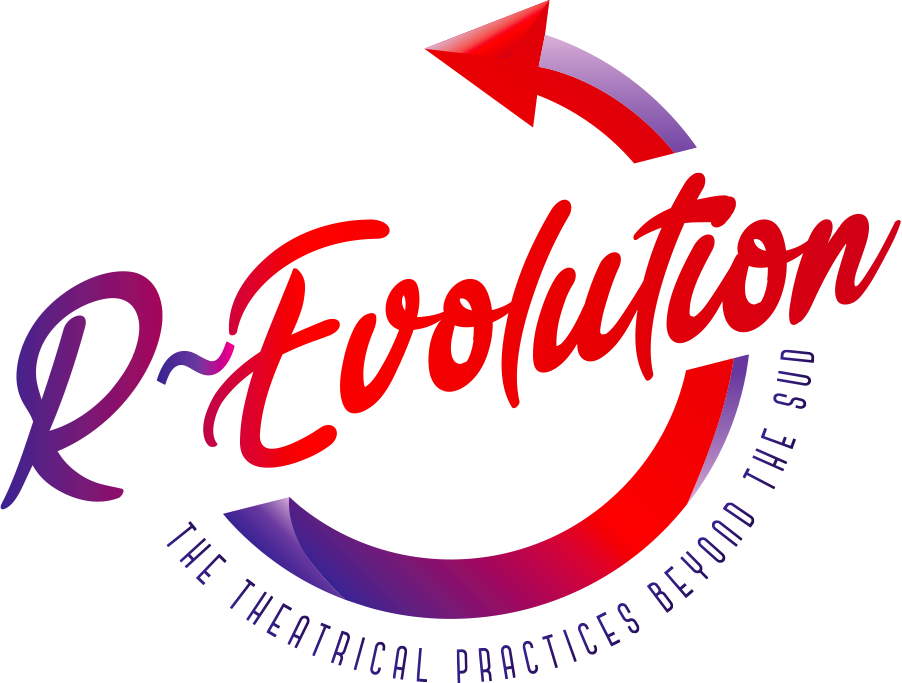
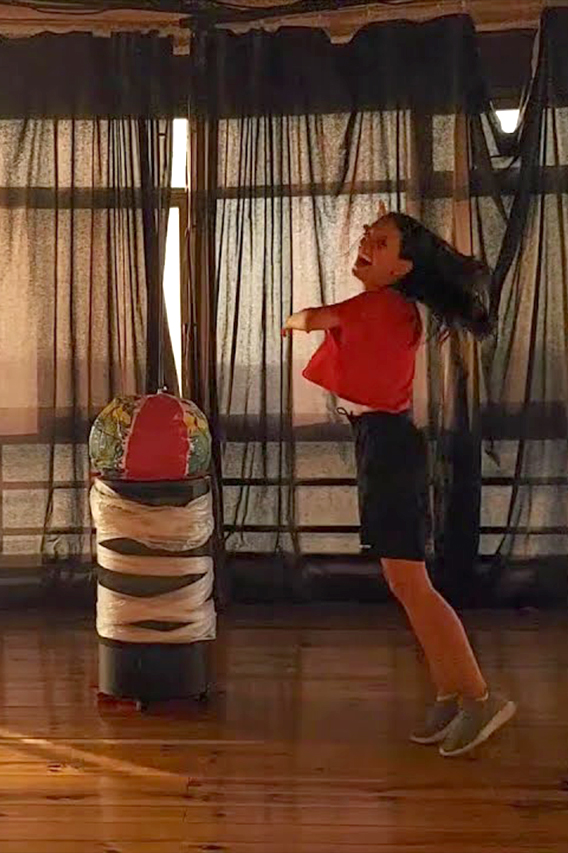
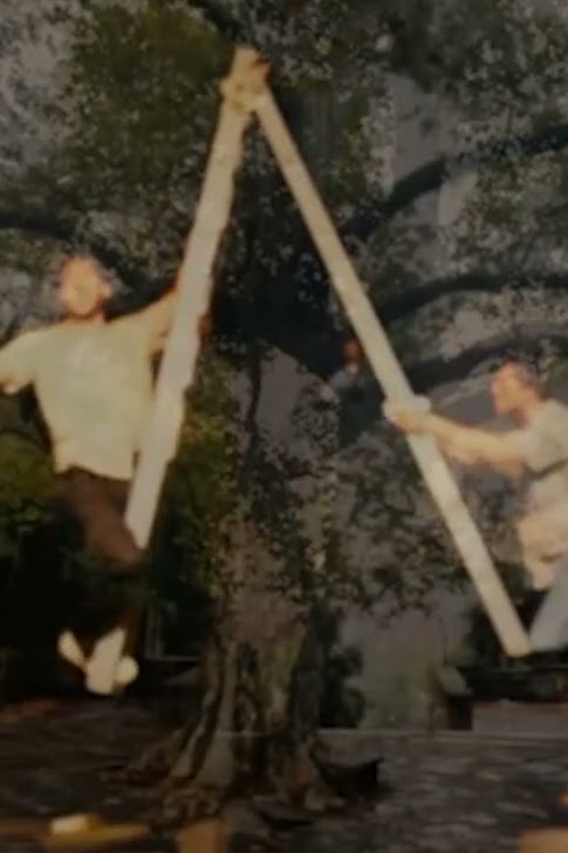
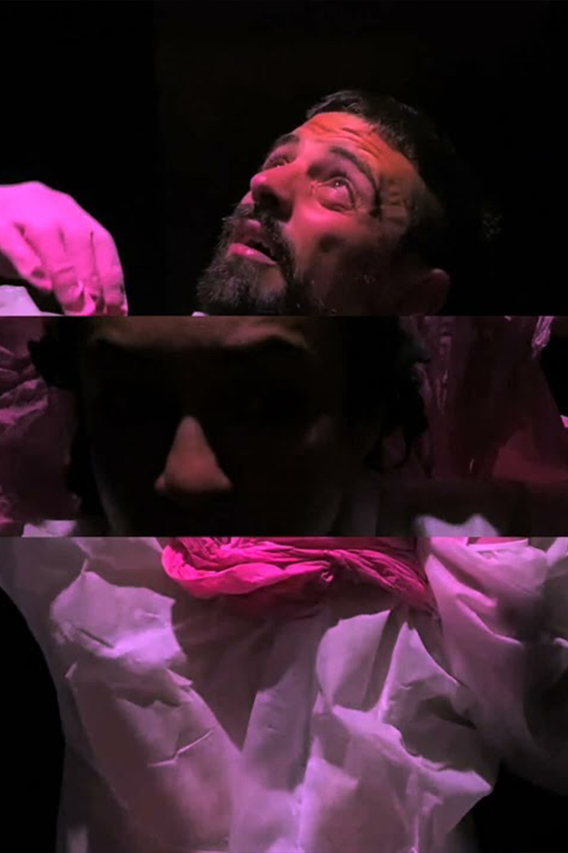
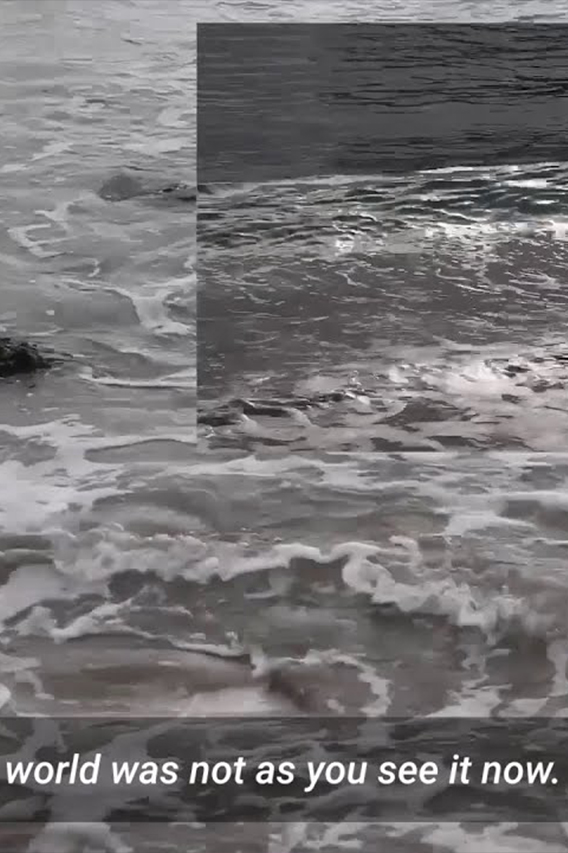
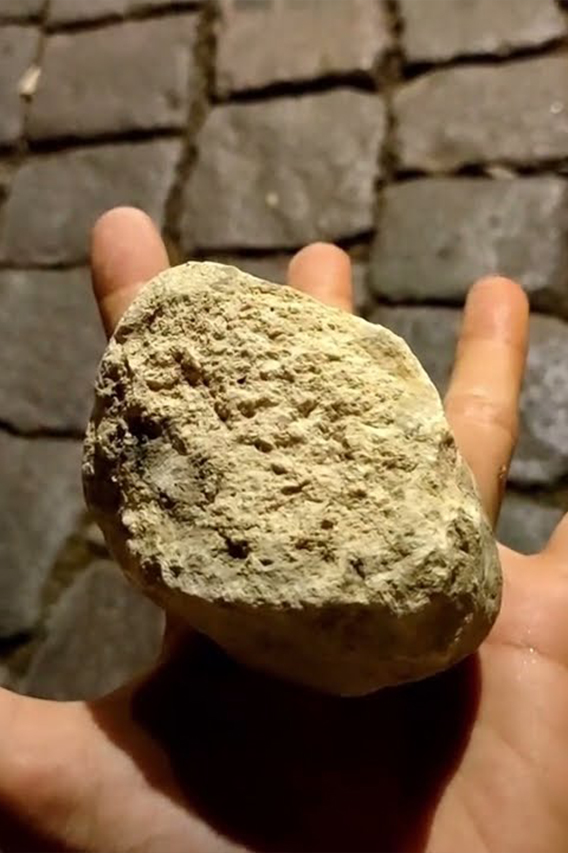
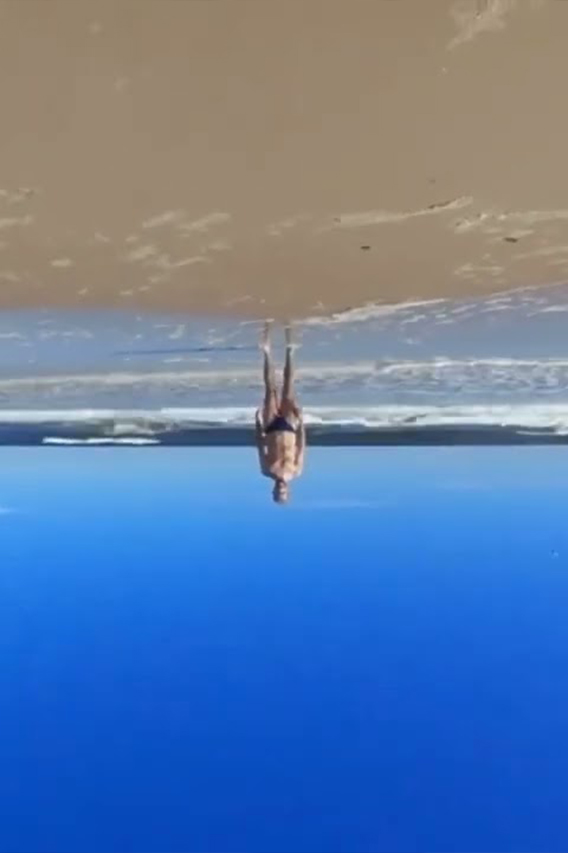
![[COVER] Real Heroes 2](https://revolutionproject.eu/wp-content/uploads/2022/10/COVER-Real-Heroes-2.jpg)
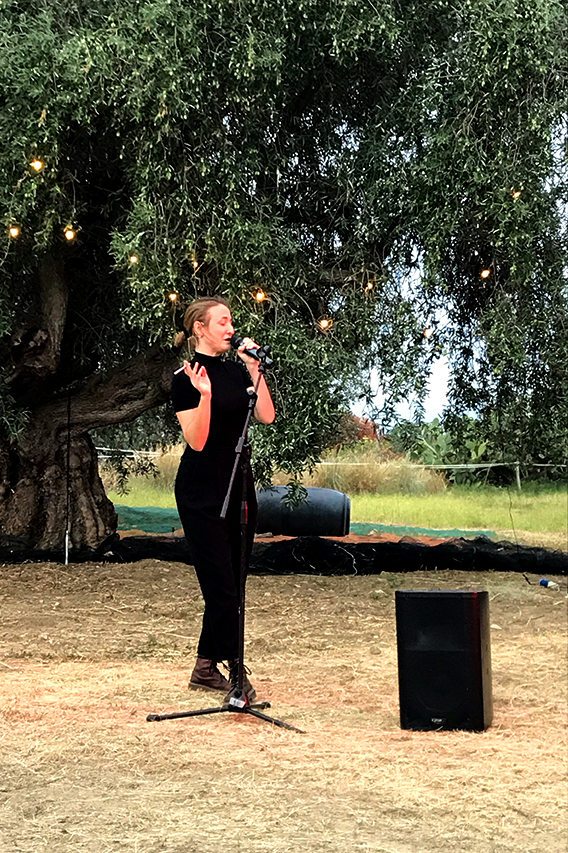
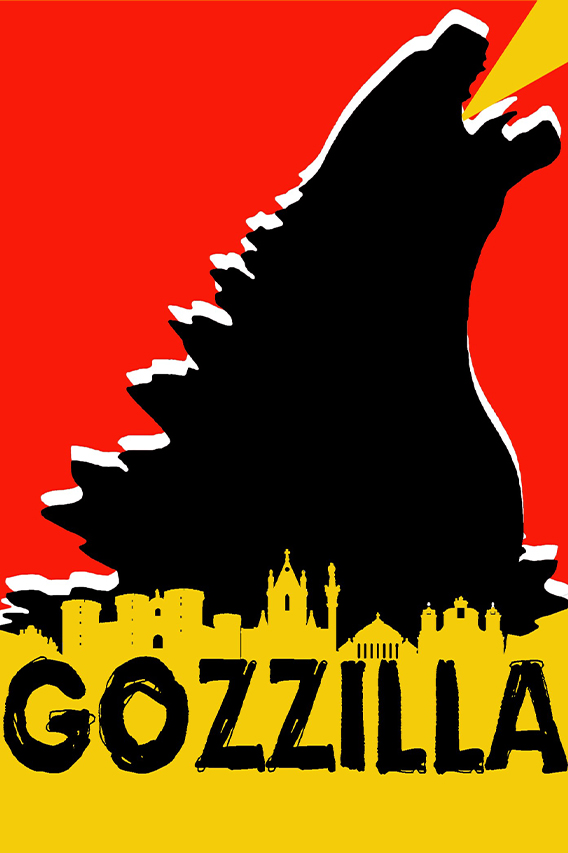

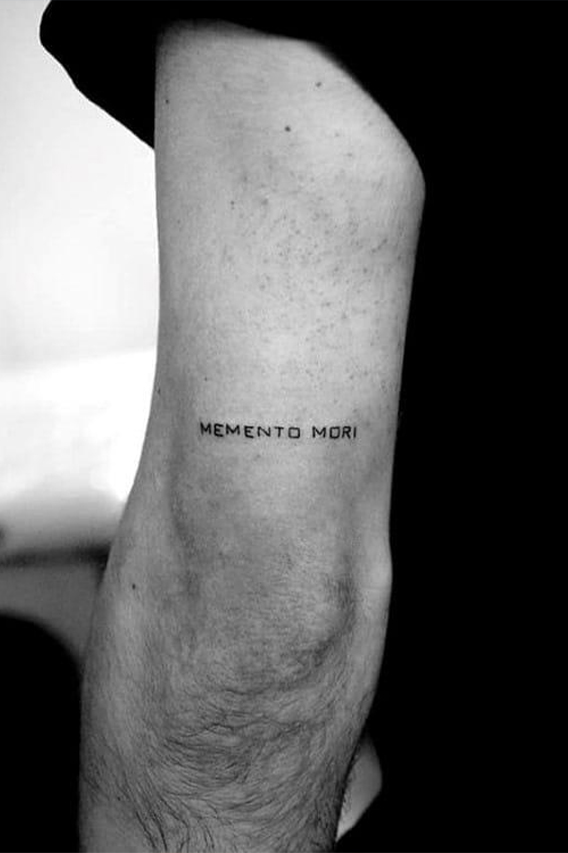
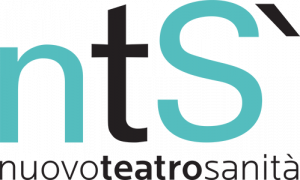
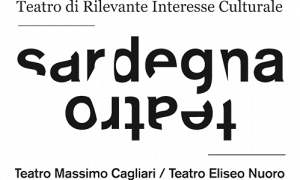
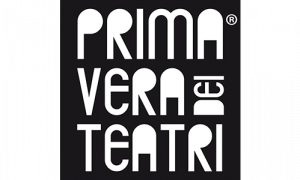



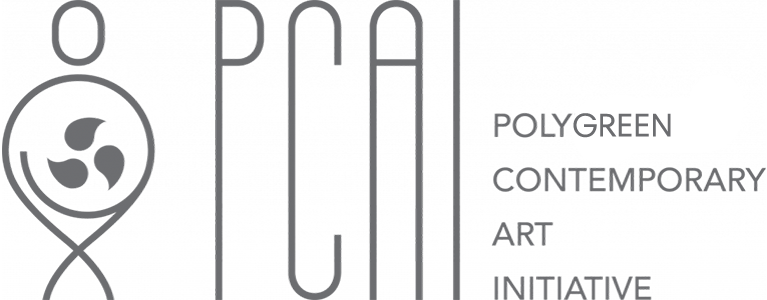
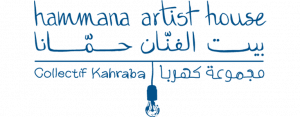


![[FOOTER] Fundación Teatro a Mil](https://revolutionproject.eu/wp-content/uploads/2021/07/Fundacion-Teatro-a-Mil-300x117.png)








